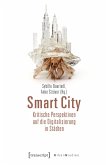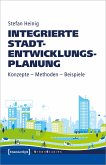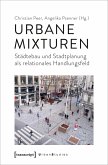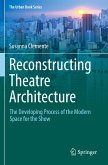Teheran-ro in Seoul and Mediaspree area in Berlin are pristine examples for public spaces with a history of rapid change in the context of broader political and economic transitions. Dahae Lee shows that in such a transitional context, the public sector alone is incapable to provide and manage public space. Hence, it engages private sector entities in the form of privately owned public space/s (POPS). By analysing the planning instruments used for POPS in both cases, their uniqueness as well as strengths and weaknesses are revealed. Based on the results this study offers a number of policy recommendations for cities that encounter similar problems.
Hinweis: Dieser Artikel kann nur an eine deutsche Lieferadresse ausgeliefert werden.
Hinweis: Dieser Artikel kann nur an eine deutsche Lieferadresse ausgeliefert werden.


